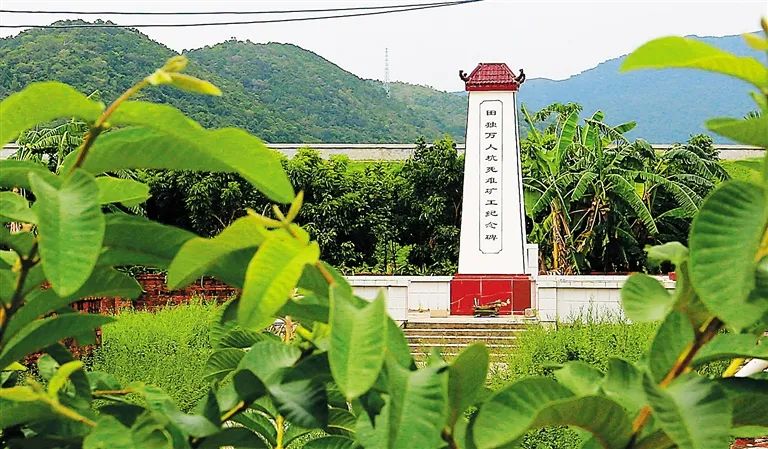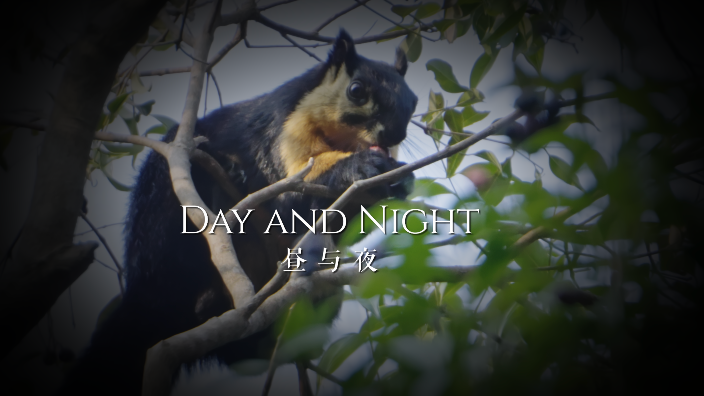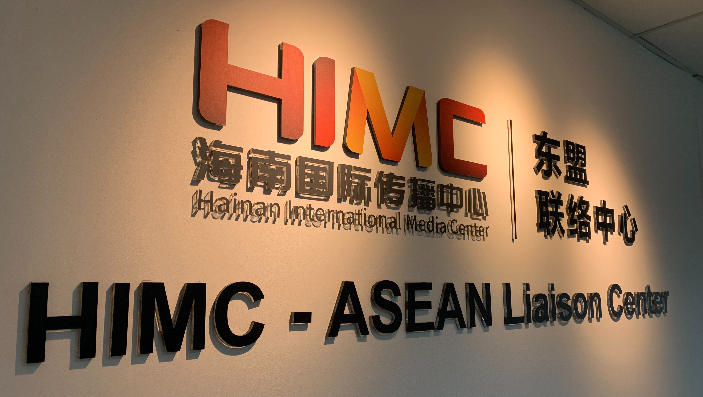By continuing to browser our site and use the services you agree to our use of cookies, Privacy Policy and Terms of Use. You can change your cookie settings through your browser.
Editor's note:
In February 1939, Japanese forces launched a full-scale invasion of Hainan. Over the following six years, they carried out relentless massacres of innocent civilians and brutal suppression of resistance forces, perpetrating one horrifying atrocity after another.
Today, as we revisit that painful chapter of the past, we are reminded that peace is hard-won. The tragedy must never be forgotten, and such horrors must never be repeated. This land, once drenched in blood and tears, will one day, through our unwavering resolve to remember the past, become a beautiful homeland basked in peace.
Sanya: the Tiandu Mass Grave
At first glance, Songhe Reservoir in Tiandu Village, Jiyang District, Sanya, appears peaceful, with its clear waters and surrounding greenery. Yet who could imagine that beneath this tranquil water lie the souls of nearly ten thousand forced laborers?

Songhe Reservior (Photo by Wuwei, Hainan Daily)
"You are now looking at the Songhe Reservoir, beneath which once lay the 'Tiandu Mass Grave,'" says Tang Yaofang, a villager from Tiandu now in his seventies, as he points to the reservoir before him.
A stone stele beside the Songhe Reservoir confirms this tragic past. The inscription on the stele reads: "The Tiandu Mass Grave is a site of atrocities. Here, nearly ten thousand miners were enslaved and killed by the Japanese invaders between 1939 and 1945. During the six-year appropriation of the Tiandu iron mine, large numbers of laborers captured from the Korean Peninsula, India, China’s Taiwan, China’s Hong Kong, and various cities and counties of Hainan Province were tortured and worked to death here. Their remains were buried en masse in what is now the Songhe Reservoir."
The Sanya City Annals records this atrocity in detail: "Tiandu Iron Mine is located on the northwestern slope of Huangni Ridge, east of Tiandu Village. On February 14, 1939, the Japanese army invaded Ya County (Sanya). To seize mineral resources, the Japanese government dispatched Colonel Kitaura of the Naval Special Service along with geological personnel to conduct surveys, estimating the iron ore reserves to be 1.5 million tons, and instructed the 'Ishihara Corporation' to invest 40 million yen to begin mining. Construction started in 1939, production began in 1940… In the second half of 1944, mining was halted due to Allied aircraft blockading sea routes." The chronicle further noted: "During the mining period, the Japanese invaders willfully abused the miners. The work was intolerable and the hours long; cold, hunger, and disease were rampant, resulting in many deaths. From May to December 1944 alone, the death toll reached 433, averaging nearly two deaths per day."
From these gruesome figures, one can sense the immense suffering that the laborers endured at that time more clearly and directly.
"The elders all referred to this iron mine as 'Red Mountain Mine,' a name that spelled horror. During the Japanese occupation, so many miners were slaughtered daily that the mountain ran red with blood, and the stench of blood permeated the entire mountain. Every day, laborers were beaten, starved to death, or burned alive, and their cries echoed from morning till midnight," said Tang Yaofang, standing solemnly beside the reservoir. As a child, he often heard the village elders recount those unbearable memories, which he has carried with him ever since.
"The village elders recalled that laborers at the Tiandu Iron Mine were forced to toil underground for 14 hours a day. Those who failed to meet their quotas were denied food and savagely beaten," said Tang. "They survived on scant rations, just sweet potatoes, corn, or thin pumpkin soup, barely enough to keep hunger at bay. They were constantly tormented by hunger. They slept in makeshift huts made of wood or bamboo, with thatched roofs, in filthy and unsanitary conditions. The backbreaking labor and inhumane living environment caused many workers to collapse and perish right there in the mines."
In 1958, when villagers were excavating the Songhe Reservoir for agricultural irrigation, they unearthed several truckloads of white bones, a scene of extreme tragedy and horror. That same year, to commemorate the mine workers who had been persecuted to death, a memorial was built beside the Songhe Reservoir. The memorial, two meters tall, was inscribed: "Monument to Compatriots Persecuted to Death during the Japanese Invasion."
Later, in early 2001, the Sanya Municipal Government erected another monument next to the original, covering an area of 20 square meters and about eight meters high, with the inscription "Tiandu Martyred Miners Mass Grave Memorial," to warn later generations never to forget this painful history.

Monument with the inscription "Tiandu Martyred Miners Mass Grave Memorial" (Photo by Wuwei, Hainan Daily)
Today, beside the reservoir, remnants of the pillbox built by the Japanese stand alongside the two memorial monuments to remind people of this dark period. As for the former Tiandu iron mine nearby, it has long since become a clear pond.
The Tiandu Mass Grave site stands as historical evidence of the Japanese invaders' ruthless plunder of Hainan Island's precious iron ore resources. It also serves as a key base for patriotic education. In 1990, the Sanya Municipal Government designated it as a municipal-level cultural relic protection unit. Later, in 1994, it was elevated to the status of provincial-level cultural relic protection unit by the People's Government of Hainan Province.
Even after all these years, locals still come here annually during the Qingming Festival to pay their respects, and there are always fresh flowers placed at the base of the memorials.
International content creators help plan your Hainan summer!
10:46, 06-August-2025Discovering Mysteries Season 5 Episode 7: Day and Night
06:14, 05-August-2025Hainan International Arbitration Court: Delivering Judicial Credibility Across International Borders
06:14, 05-August-2025The Unforgettable History of the Japanese Invasion of Hainan I
06:14, 05-August-2025Media Linking Minds and Cultures Across Southeast Asia: HIMC-ASEAN Liaison Center Inaugurated in Kuala Lumpur
11:11, 01-August-2025The 5th season of This is Hainan - Discovering Mysteries debuts globally August 1
11:11, 01-August-2025By continuing to browser our site and use the services you agree to our use of cookies, Privacy Policy and Terms of Use. You can change your cookie settings through your browser.




